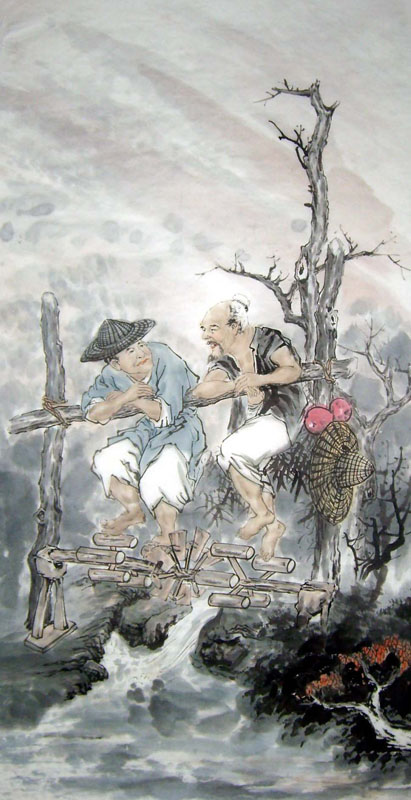
When you see the intricate designs on historical clothing from Ancient China, you can get a picture. Way back when, brocade was made by taking a piece of silk and doing embroidery. You would still detect some texture from jacquard, but you’re far more likely to tell what or at least where) the design is with brocade even with eyes closed. Also, jacquard can be very fine and light, almost like many types of satin.Īnd finally, brocade often feels more 3D when you pass your hand over it. And if you take out a magnifying glass and take a look at the warp and the weft, they are visible in both the design and background (in brocade, you’re not very likely to see them in the design). On the other hand, jacquard always comes in 2 colors or textures only. Also, double-sided brocade tends to be heavier and stiffer. Sometimes a single glance can help since brocade tends to be more colorful and have a more complicated design.
#Brocade material how to
How to Know if the Fabric is Jacquard or Double-Sided Brocade? The most labor-intensive and technical part is creating a schematic for the design and punching a few cards (that’s another episode), but after that, it’s just like weaving any other fabric. To wrap this, you should also know that jacquard tends to be cheaper because it uses rather simple looms and technology for its production. And yes, this creates an inverted image on the other side of the fabric so you can choose which one fits your project better. To make the fleur-de-lis stand out, you will invert that ratio, and now 4 strands of warp go under the weft before one of those pops out. You chose a 4×1 satin weave, and for the background, your weft will go over 4 threads of warp before one of those pops up. Now, let’s say you want to make a jacquard with a fleur-de-lis design. Plus, the warp would not follow a single diagonal line (as it would in a twill weave), so it can disappear almost completely and produce a very smooth-looking surface. In jacquard, it’s common for that ratio to be even bigger, with the weft going over 3 threads or more. For example, a weft thread will go over at least 2 warp threads, therefore showing up more. The weaving pattern that is often used is a type of satin because it has a high ratio of warp to the weft, therefore showing one more than the other. For example, using a white warp with the black weft, or a shiny warp with matte weft. Okay, what was that all about? So, when making jacquard you will use different colors or textures for the warp and the weft. It achieves its look by switching the weave by using the same pattern but switching up the ratio of warp and weft. Jacquard is supposed to look like brocade but it’s not the same thing. Today, brocade is mostly used for upholstery, curtains, and evening wear, with a few collections far and between that introduce brocade pieces into everyday wardrobes. But it takes only a few decades for Victorians to start using it both for their garments and home decor. It falls a little bit out of fashion after the French Revolution and around the time Beau Brummell reinvented menswear. This is also the time when we see a huge jump in the technology used to manufacture this fabric. The fabric eventually reached Europe and Byzantium where it became one of the rare truly luxurious fabrics nobility can indulge in.Įuropean brocade comes into its own during Rennaissance, with Italy leading the charge. They developed multiple styles, including the ones we see even today. The earliest record of brocade manufacturing come from the Warring States period in China (3rd century BCE). Traditionally, brocade used to be made exclusively from silk, but it’s also available in viscose as a more budget-friendly alternative, and cotton for upholstery. One-sided ones tend to look very messy on the wrong side, but they are usually more complex and colorful.

Double-sided brocade technically doesn’t have a wrong side and both sides are inverted images of each other. There are two main types of brocade: one-sided and double-sided. In fact, the designs are made with thread, either by weaving them in or embroidery.



 0 kommentar(er)
0 kommentar(er)
